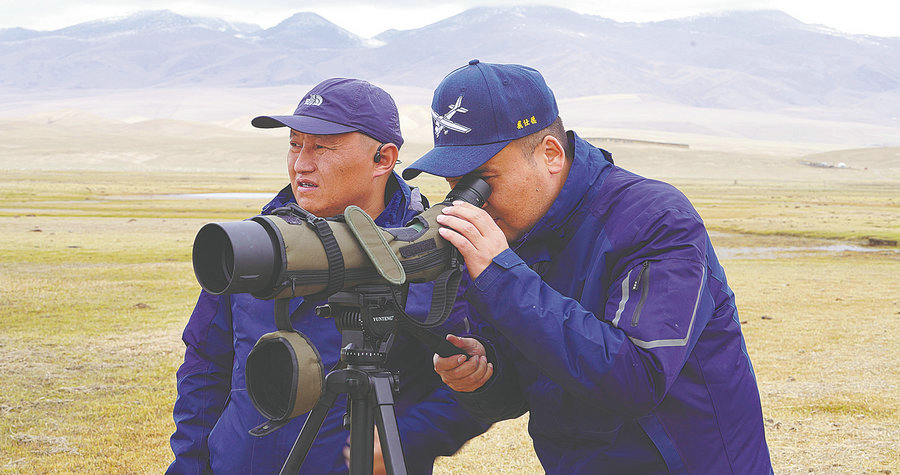Land of the rising swan


Once or twice a month, the wardens are required to go on a long trip-from the buffer zones to the core area of the reserve. Each trip usually lasts five days to a week. The wardens carry food and tents in addition to patrolling gear like GPS trackers, binoculars and cameras.
Since the nesting area is a marshland with interconnected lakes, solo-tripping can be perilous even for those familiar with the geography. So, the wardens work in teams of usually two or three. "Crossing the wetlands can be tricky. The water is deep in some pockets while soft mud can trap you in other places. We tie a rope around the waist, like a climbing line, for safety," Na says.
According to him, 8,000 to 10,000 swans visit the reserve every year and 2,500 to 3,000 cygnets are born on an average. As winter sets in, less than 300 stay back; mostly those that lack the strength for long-distance flight. The team keeps an eye on these swans to ensure they don't go hungry. Corn seeds are scattered every seven to 10 days.
























